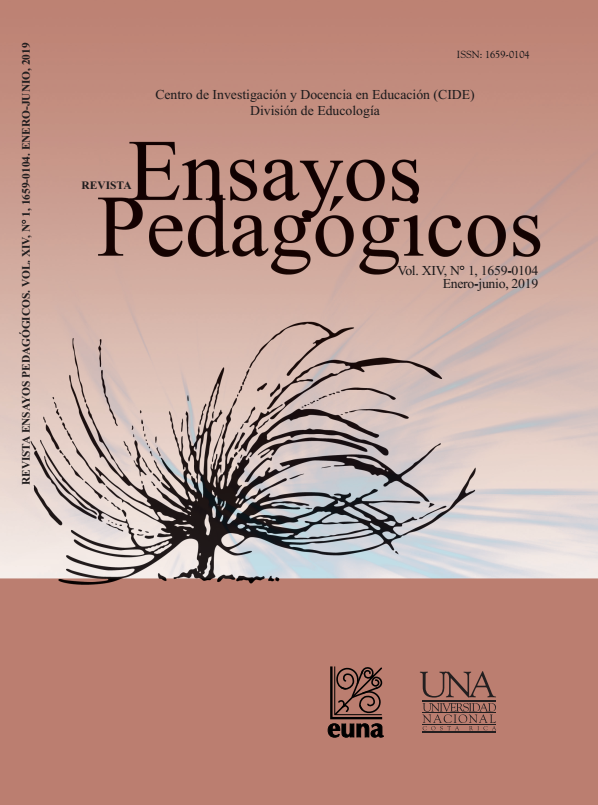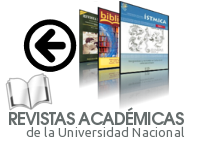Relation between the Passing Rate of Students from the Faculty of Medicine and the Evaluation of Teaching Performance in 2017
DOI:
https://doi.org/10.15359/rep.14-1.11Keywords:
teacher, performance, evaluation, student, passingAbstract
This article reports on the findings of a study that sought to address the relationship between student course evaluations and passing rates of students enrolled at Universidad Federada San Judas Tadeo, School of Medicine in Costa Rica. The study aimed to describe correlations between the different variables measured using an exploratory approach in order to evaluate certain aspects of teacher performance that may affect student learning and academic performance. The study described the type relationship, symmetric or asymmetric, between passing rates and the teacher evaluation performed by the students, from an exploratory approach, in order to establish, from the measured items, the possible components related to teacher classroom performance that may affect student learning and, therefore, their academic performance. The study utilized a quantitative approach with a descriptive method. The information was collected during the three academic quarters in 2017. The research process incorporated the analysis of specific competencies that professors must possess in the development of the teaching process. This study found that teachers of medical sciences are highly competent in their field. There is room for improvement with regard to attitudinal competencies associated with teaching.
References
Cabra, F. (2013). La evaluación y el enfoque de competencias: Tensiones, limitaciones y oportunidades. Colombia: Universidad EAN.
Cariola, L. (2003). Veinte años de políticas de educación en Chile. París: UNESCO.
Molina, G. B. (2011). Introducción al currículum. San José: EUNED.
Hernández, R., Fernández, C. y Baptista, P. (2014). Metodología de la investigación (6ta ed.). México: Mc Graw-Hill.
Montenegro, I. (2007). Evaluación del desempeño docente. Fundamentos, modelos e instrumentos. Colombia: Magisterio.
Posner, G. (1998). Análisis del currículum. Colombia: McGrawHill.
Prieto, l. (2007). Autoeficacia del profesor universitario. Eficacia y práctica docente. Madrid: Narcea.
Puchol, L. (2007). Dirección y gestión de recursos humanos. Madrid: ESIC.
Universidad Federada de Costa Rica. (1994). Estatuto Orgánico. San José: Autor.
Published
How to Cite
Issue
Section
License
Ensayos Pedagógicos is subscribed to the Attribution-NonCommertial-NoDerivatives 4.0 International Creative Commons Licence, which allows both authors and readers to freely download, store, copy, and distribute the final approved publisehd version of the manuscript (post-print) as long as this is done without commercial purposes, no derivative works are generated, and the source and author are mentioned. As well, Ensayos Pedagógicos declares that authors will remain the rightful owners of the copyrights of their work in perpetuity.







